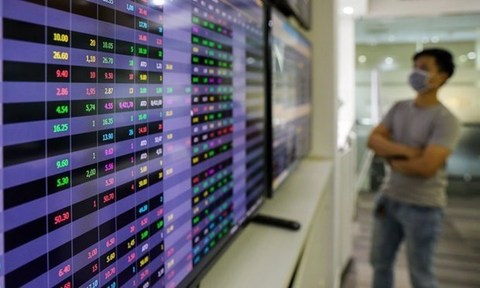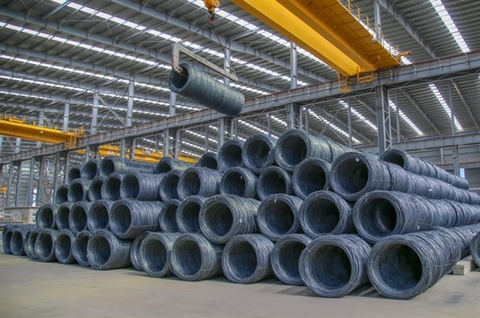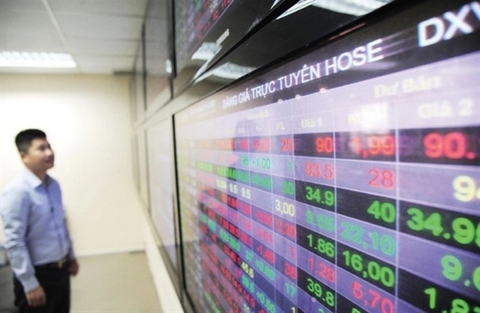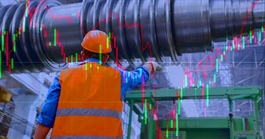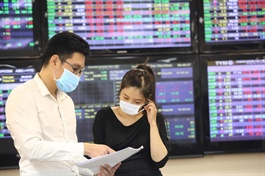Market likely to pull back this week: experts
Market likely to pull back this week: experts
Even though the market benchmark rebounded in the last two sessions of the week, low liquidity showed that investors remained cautious about the stock market’s outlook. And there is not enough force for long-term recovery.

The market continued to witness a week of corrections with weaker liquidity. The VN-Index on the Ho Chi Minh Stock Exchange (HoSe) ended last week at 1,171.31 points, a gain of 0.41 per cent. It hit a 16-month low on July 6 at 1,149.61 points.
On the Ha Noi Stock Exchange (HNX), the HNX-Index also inched up by 2.18 per cent to 277.8 points.
For the week, the VN-Index declined by 2.3 per cent and the HNX-Index fell nearly 0.4 per cent.
Trading value on the southern bourse dropped by 8.8 per cent over the previous week to nearly VND56 trillion (US$2.39 billion), equivalent to a trading volume of nearly 2.4 million shares, a decrease of 8 per cent.
Similarly, the trading value on HNX reached over VND5.3 trillion, down 14 per cent, while the volume slid by 7.5 per cent to 278 million shares.
Foreign investors were net sellers on both main exchanges last week, with a value of more than VND1.13 trillion. Of which, FUEVFVND was net sold the most, followed by Dat Xanh Group (DXG) and SSI Securities Corporation (SSI).
Nguyen Tat Thang, analyst of Saigon - Hanoi Securities JSC (SHS), said that the VN-Index's correction after failing to reach the psychological level of 1,200 points has caused selling pressure to rise, and pushed the benchmark to create a new bottom in 2022 which was around the threshold of 1,140 points.
Despite demand force appearing as the sell-off weakened, helping the VN-Index bounce back in the last two sessions of the week, the low liquidity showed that sentiment was still cautious and there was a lack of foundations to support long-term recovery.
“The stock market is likely to return to a downtrend this week,” Thang said.
However, from a longer-term perspective, he expected the market to gradually accumulate as stock prices are at attractive levels. Specifically, the price-to-earning ratio (P/E) is low as the economy continues to recover post-pandemic.
Moreover, many listed companies are forecast to continue profit growth in the second quarter of 2022.
“Long-term investors can disburse in strong correction sessions like that of July 6. As the market is forming an accumulation zone, they should consider partial disbursements because the accumulation process can take a long time," the analyst of SHS added.
Meanwhile, experts from MB Securities JSC (MBS) believed that the country’s stock market is consolidating the bottom after climbing for two consecutive sessions with an improvement in liquidity.
Therefore, technically, the market is witnessing a positive divergence and investors should focus on a specific stock instead of the benchmark index, said MBS.
Last week, utility stocks lost the most with 9.2 per cent of market capitalisation, of which PV GAS (GAS) was down 13.1 per cent, PV POWER (POW) down 4.4 per cent, and Refrigeration Electrical Engineering Corporation (REE) down 10.6 per cent.
It was followed by information technology stocks with a fall of 4.8 per cent, and oil and gas group down 4.4 per cent in market capitalisation.










